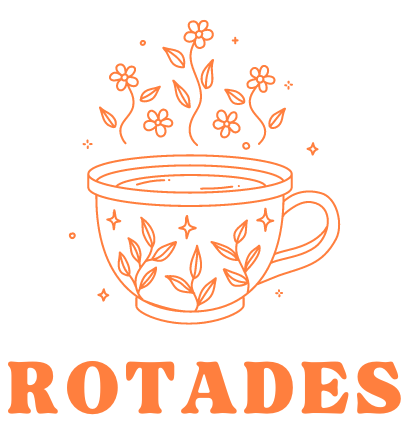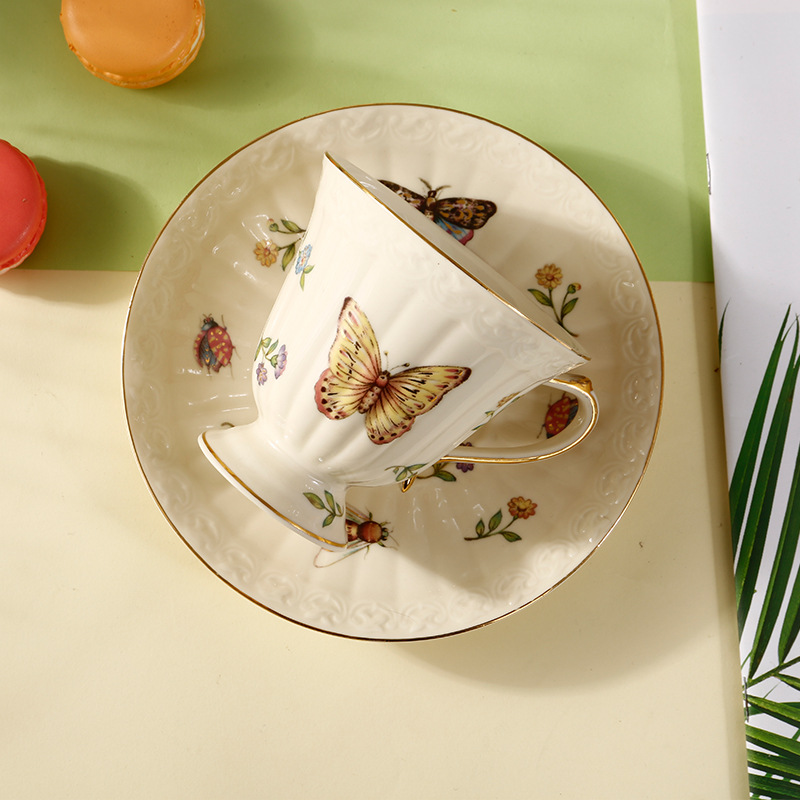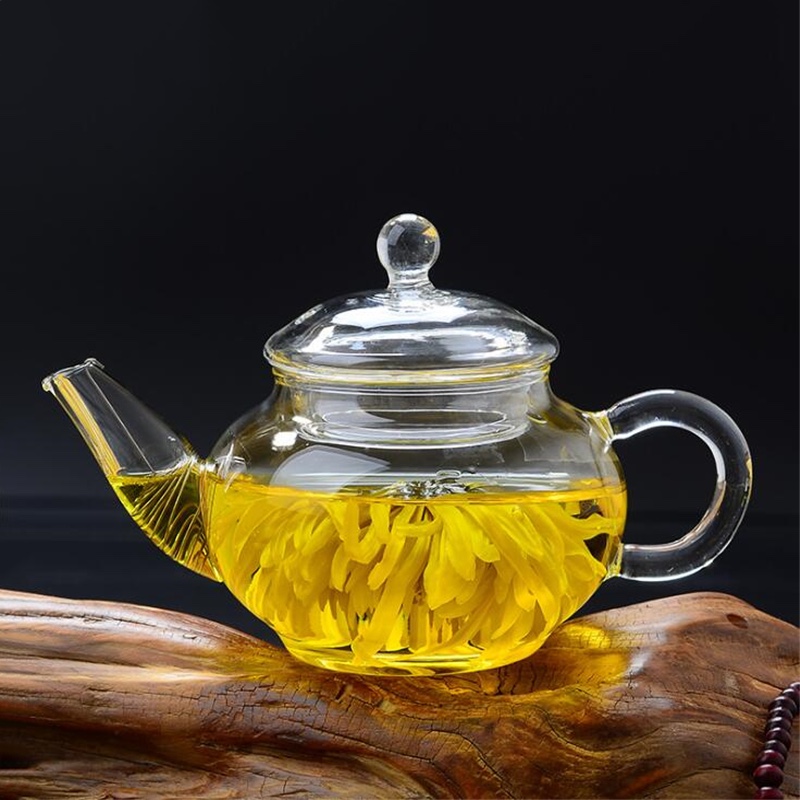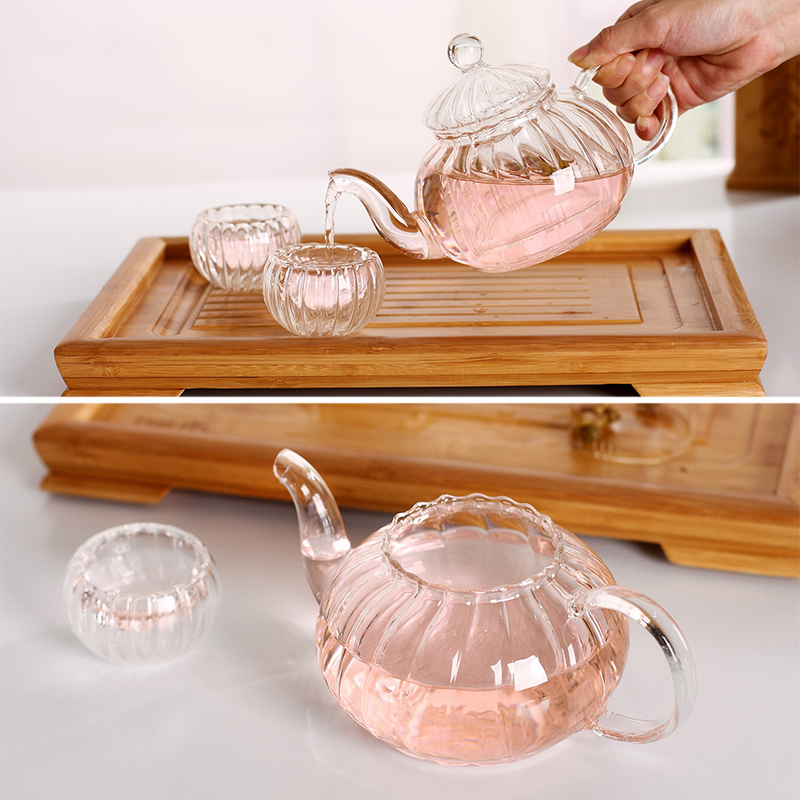Teapot
The Timeless Elegance of the Teapot: A Journey Through History and Design
Introduction
The teapot, an essential item in many households, is more than just a vessel for brewing tea. It is a symbol of hospitality, an object of artistic expression, and a testament to cultural traditions spanning centuries. This article delves into the history, varieties, design elements, and significance of the teapot, exploring how this simple item has evolved and maintained its charm across different cultures and eras.
A Brief History of the Teapot
The origins of the teapot can be traced back to China during the Yuan Dynasty (1279-1368). Initially, tea was brewed in bowls or simple vessels, but as tea drinking became more sophisticated, the need for a specialized brewing vessel emerged. The early Chinese teapots were small and made from the famous Yixing clay, prized for its ability to enhance the flavor of tea.
As trade routes expanded, teapots made their way to Europe in the 17th century. The introduction of tea to Britain brought with it a demand for teapots, leading to the creation of elegant porcelain designs by craftsmen in Delft, Holland, and later in England. The British quickly developed a deep affinity for tea, and the teapot became a central piece in their social rituals.
Varieties of Teapots
Teapots come in a myriad of shapes, sizes, and materials, each influencing the tea brewing process and the flavor profile of the tea. Here are some common types of teapots:
Yixing Teapots: Made from purple clay in the Yixing region of China, these teapots are known for their ability to absorb tea flavors, creating a unique seasoning over time.
Porcelain Teapots: Often decorated with intricate patterns and glazes, porcelain teapots are non-porous and do not retain flavors, making them ideal for brewing a variety of teas.
Glass Teapots: Perfect for observing the color of the tea as it brews, glass teapots are modern and stylish, often used for showcasing blooming teas.
Cast Iron Teapots: Known for their durability and heat retention, cast iron teapots are traditionally used in Japan and are often beautifully adorned with symbolic patterns.
Ceramic Teapots: Available in various styles and glazes, ceramic teapots are versatile and widely used across different cultures.
Design Elements of Teapots
The design of a teapot is not only about aesthetics but also about functionality. Key design elements include:
Spout: The spout’s length, shape, and angle affect the pour. A well-designed spout ensures a smooth, controlled flow of tea.
Handle: The handle should be comfortable to hold and provide a good grip, allowing for easy pouring without spilling.
Lid: A snug-fitting lid is crucial to prevent heat loss and to keep the tea warm. Some lids have small vents to release steam.
Infuser: Many modern teapots come with built-in infusers or strainers to hold loose tea leaves, allowing them to expand and infuse the water thoroughly.
Material: The material of the teapot influences its heat retention properties and how it interacts with the tea. For example, clay teapots can enhance flavors, while glass teapots do not alter the taste.
The Cultural Significance of Teapots
Teapots hold cultural significance in various parts of the world, each culture adding its unique touch to this humble vessel.
China
In China, the art of tea brewing, known as Gongfu Cha, is a ceremonial practice that highlights the skill of the tea master. The Yixing teapot is central to this tradition, with each teapot dedicated to a specific type of tea. The teapot is seasoned over time, absorbing the essence of the tea, which enhances the flavor of subsequent brews.
Japan
Japanese tea culture places great importance on the aesthetics and mindfulness of tea preparation. The cast iron teapot, or tetsubin, is a symbol of strength and beauty. It is often used in traditional tea ceremonies where the preparation and serving of tea are performed with meticulous care.
Britain
In Britain, the teapot is synonymous with the ritual of afternoon tea. Introduced in the 17th century, tea quickly became a staple of British society. The teapot, often made from fine porcelain, is the centerpiece of the tea table, symbolizing hospitality and social interaction.
Modern Innovations
The teapot has evolved with modern innovations while still retaining its traditional charm. Contemporary teapots incorporate features such as built-in infusers, ergonomic designs, and materials like stainless steel and silicone. Electric teapots have also become popular, offering convenience with temperature control and automatic brewing.
Choosing the Perfect Teapot
When selecting a teapot, consider the following factors:
Type of Tea: Different teas may benefit from specific types of teapots. For example, delicate green teas are best brewed in glass or porcelain teapots, while robust black teas can be enjoyed in ceramic or clay teapots.
Size: Choose a teapot size based on how many cups you typically brew. A small teapot is ideal for personal use, while a larger one is suitable for serving guests.
Design and Aesthetics: The design of the teapot should reflect your personal style and complement your kitchen or dining area.
Functionality: Look for practical features like an easy-to-grip handle, a well-designed spout, and a secure lid. An infuser or strainer is also beneficial for brewing loose leaf tea.
Conclusion
The teapot is more than just a functional item; it is a piece of art, a cultural symbol, and a vessel that brings people together. Whether you are a tea enthusiast or someone who enjoys the occasional cup, the right teapot can enhance your tea-drinking experience. With its rich history, diverse designs, and enduring appeal, the teapot remains a beloved item in homes around the world, a testament to the timeless elegance of this humble vessel.



